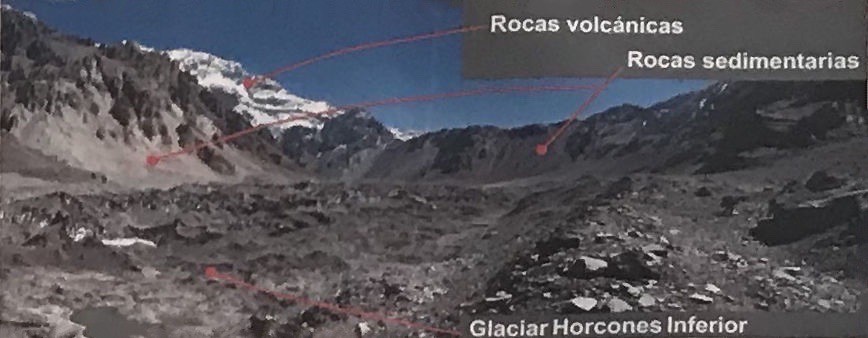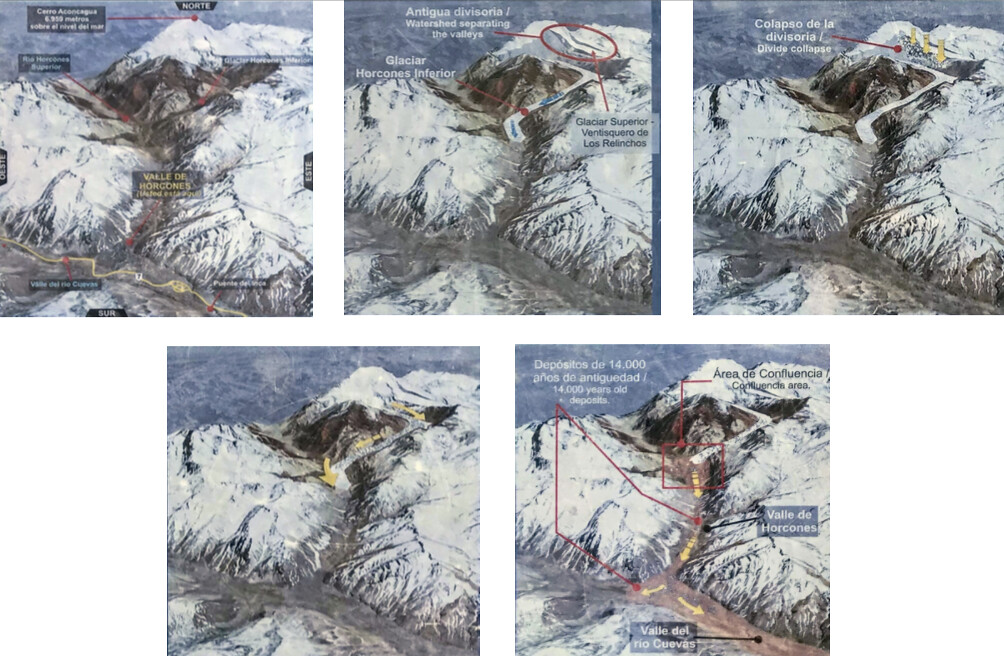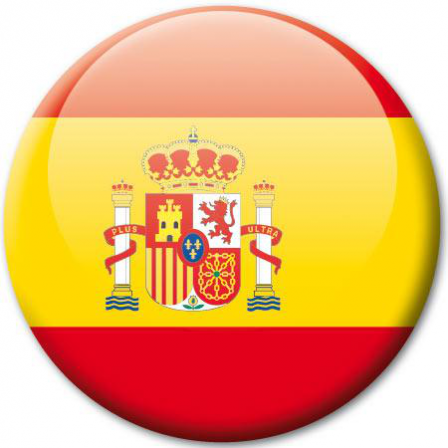
Definition
This huge stones called « Erratic Blocks » are an example of the strength of water, the wind and glaciers working together.
Erratic blocks are masses of stone which have been transported from their original resting places by the agency of water, ice, or other causes. We also call 'glacial erratics' those carried by glacial action, often over distances of hundreds of kilometers. They consist in a piece of rock that differs from the size and type of rock native to the area in which it rests. Erratics can range in size from pebbles to large boulders of several thousands of tons.
When a glacier flows along a valley, it acts as an abrasive and erodes the bottom and edges of the valley. Large blocks of rock, thus torn from the mountains above the valley, fall on the glaciers, or are even coated inside the ice that continues to move, carrying them.
Geologists can find the place of origin of an erratic block by performing petrographic analyzes. It shows that blocks can be transported over thousands of kilometers.
Erratic blocks are found everywhere there are glaciers.
The glacier of Aconcagua
About 20,000 years ago most of the valleys in the region were covered by ice. That is why on the mountainsides of the Horcones valley the are still some ancient glacial deposits, known as moraines. Another evidence of lacerations is the typical U-shaped cross sections the valleys.


Current Landscape
Initially, these stones blocks were dragged and placed here by glacier movement.
Later one the river washed away the layers of soil, leaving them in their actual form.
Tasks
Please follow this procedure:
- Read the Earthcache and the questions!
- Go to the place and look for answers.
- Send me the answers with the geocaching messenger.
- Afterwards you can immediately log.
Questions:
1- How many Erratic Blocks do you see on the right of the panel, above the stream
2- How do you explain their presence here?
3- Based on your previous answer: do you think they are sedimentary rocks or volcanic rocks?
4- This is optional, but a photo of you, or your GPS, showing one of the blocks (not all of them) would be highly appreciated
 (traducción de Google)
(traducción de Google)
Definición
Estas enormes piedras llamadas «Bloques erráticos» son un ejemplo de la fuerza del agua, el viento y los glaciares que trabajan juntos.
Los bloques erráticos son masas de piedra que han sido transportadas desde sus lugares de reposo originales por la agencia de agua, hielo u otras causas. También llamamos 'erratas glaciales' a aquellas llevadas por la acción glacial, a menudo a distancias de cientos de kilómetros. Consisten en un pedazo de roca que difiere del tamaño y tipo de roca nativa del área en la que descansa. Las erráticas pueden variar en tamaño desde guijarros hasta grandes rocas de varios miles de toneladas.
Cuando un glaciar fluye a lo largo de un valle, actúa como un abrasivo y erosiona el fondo y los bordes del valle. Grandes bloques de roca, así arrancados de las montañas sobre el valle, caen sobre los glaciares, o incluso están recubiertos dentro del hielo que continúa moviéndose, llevándolos.
Los geólogos pueden encontrar el lugar de origen de un bloque errático realizando análisis petrográficos. Demuestra que los bloques pueden ser transportados a lo largo de miles de kilómetros.
Bloques erráticos se encuentran en todas partes hay glaciares.
El glaciar del aconcagua.
Hace unos 20.000 años, la mayoría de los valles de la región estaban cubiertos de hielo. Es por eso que en las laderas del valle de Horcones todavía se encuentran algunos antiguos depósitos glaciares, conocidos como morrenas. Otra evidencia de laceraciones son las típicas secciones transversales en forma de U de los valles.


Paisaje Actual
Inicialmente, estos bloques de piedras fueron arrastrados y colocados aquí por el movimiento del glaciar.
Más tarde, uno de los ríos lavó las capas de tierra, dejándolas en su forma real.
Tarea
Siga este procedimiento:
- ¡Lea el Earthcache y las preguntas!
- Vaya al lugar y busque respuestas.
- Envíame las respuestas.
- Posteriormente puede iniciar sesión inmediatamente.
Preguntas:
1- ¿Cuántos bloques erráticos ve a la derecha del panel, arriba del flujo?
2- ¿Cómo explicas su presencia aquí?
3- Basado en tu respuesta anterior: ¿crees que son rocas sedimentarias o rocas volcánicas?
4- Esto es opcional, pero una foto tuya o de tu GPS que muestre uno de los bloques (no todos) sería muy apreciada